
AI is a hot and messy topic these days, with many vocal people on both sides of the fence. There’s no denying that this technology is challenging many of our long-held traditions and practices, and it will inevitably change the way we do things, for better or for worse. AI is affecting all industries, including ones that you’d least associate with something related to computers, data, and statistics, industries such as art, and, well, design. For all the buzz around it, AI is really just a tool like any other else. It can be used for ill, or it can be used to enhance our quality of life or our effectiveness, as demonstrated by this design concept that combines the computational power of AI with the creativity and judgment of the human mind.
Designer: Tea Vignoli

If you’ve seen impressive yet controversial art produced by AI, it isn’t because artificial intelligence and neural networks suddenly got creative, at least not in the same sense as humans. Those are the results of analyzing hundreds or thousands of sources and applying trial-and-error processes at the speed of milliseconds rather than hours. In other words, AI is great at working with large quantities of data in short amounts of time, something that even the smartest humans pale in comparison.
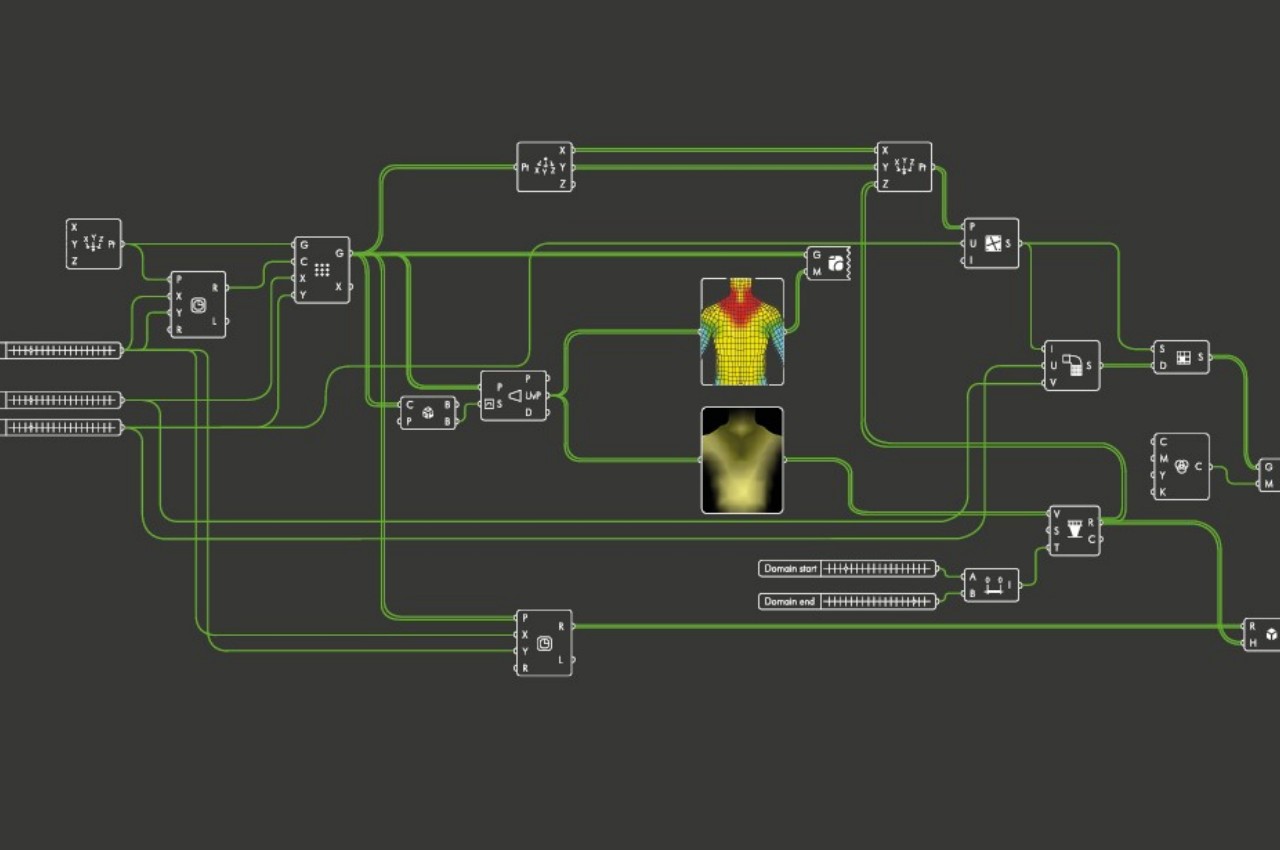

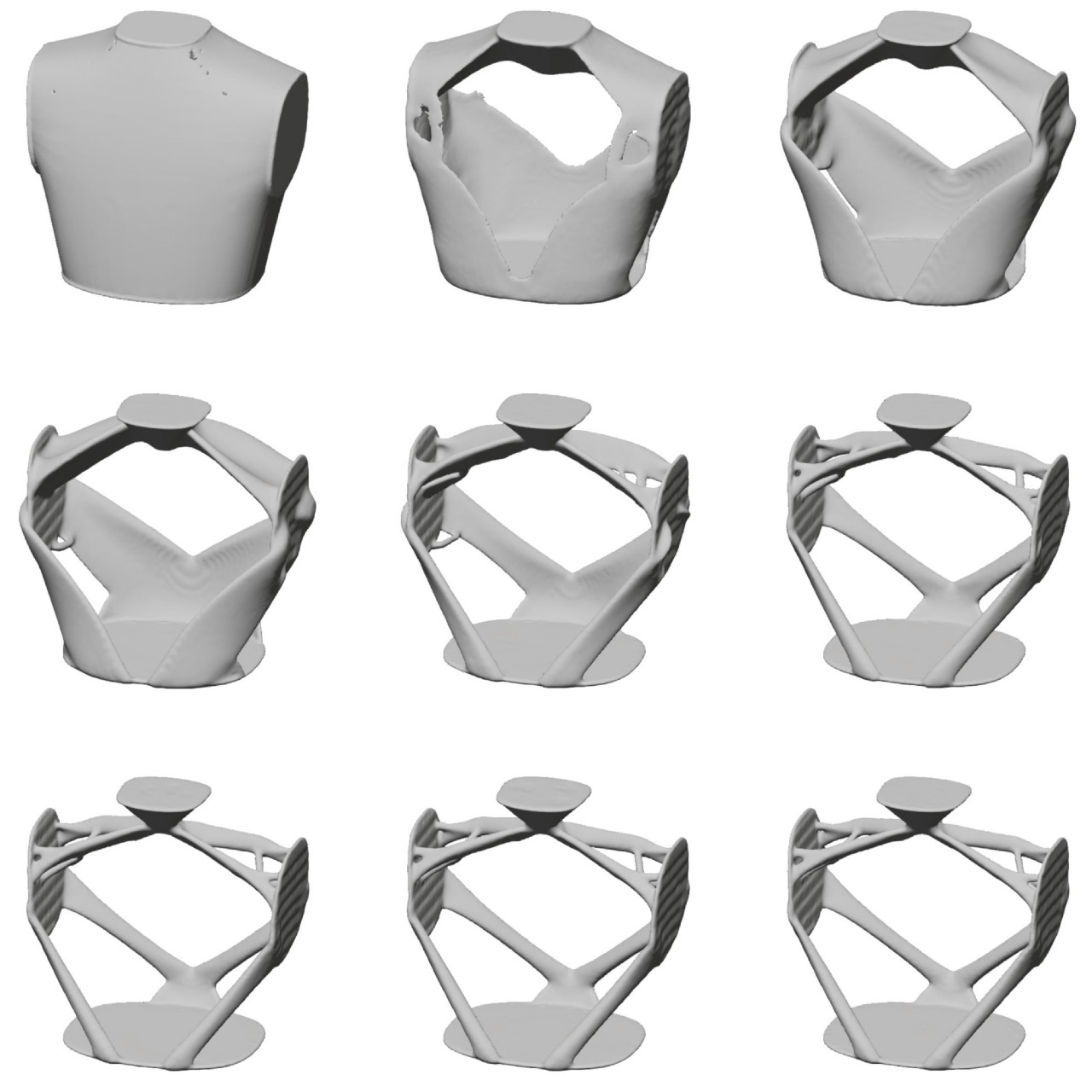
Aliqua is a design research project that utilizes this strength to create a design that, at the end of the day, benefits the target audience. In this case, it is a hydration vest aimed at medium to long-distance runners that need one to two liters of water for a single run. Of course, this isn’t a new device category, but typical hydration vests have plenty of flaws. The position of the single water bladder is often close to where the body keeps the most heat, letting the water lose its cool quickly. The vests also either bounce a lot or are too tight to be comfortable.
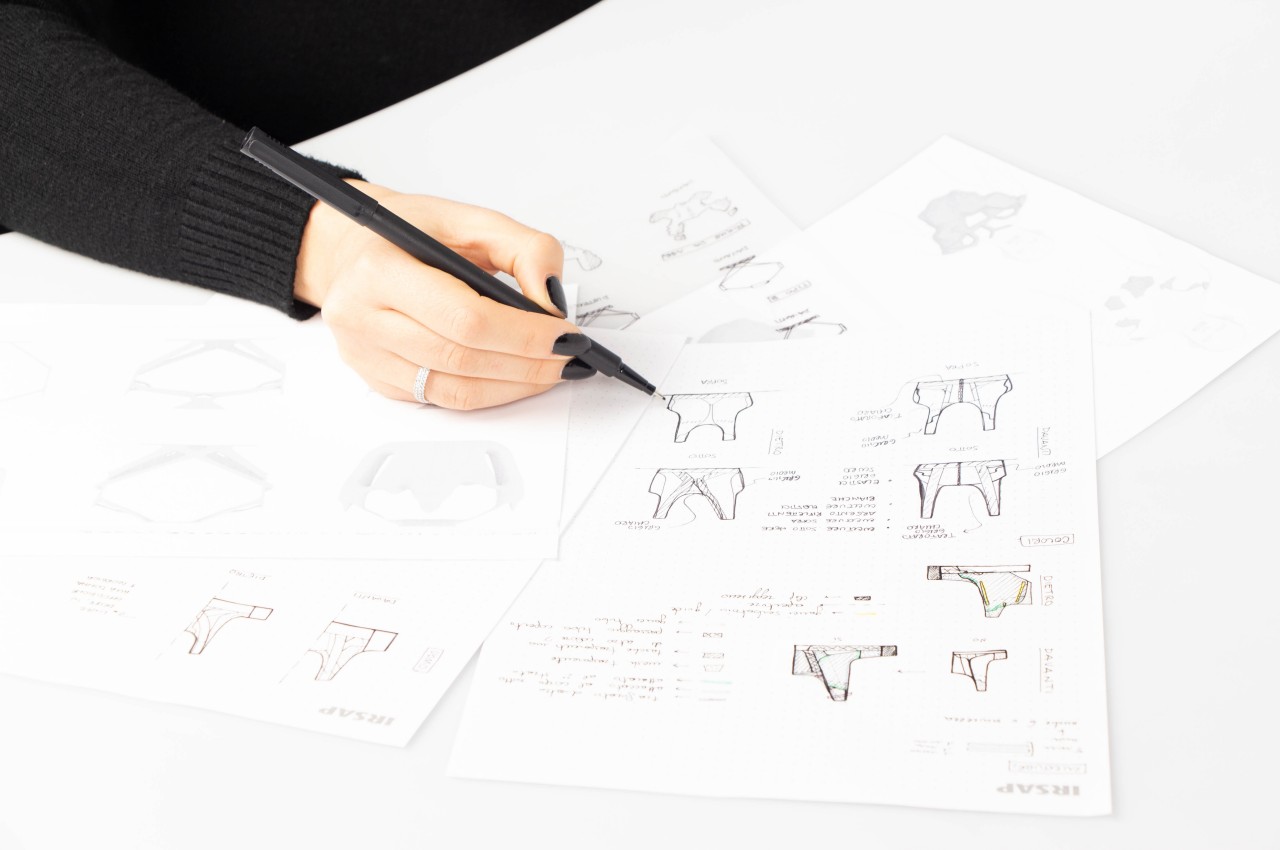

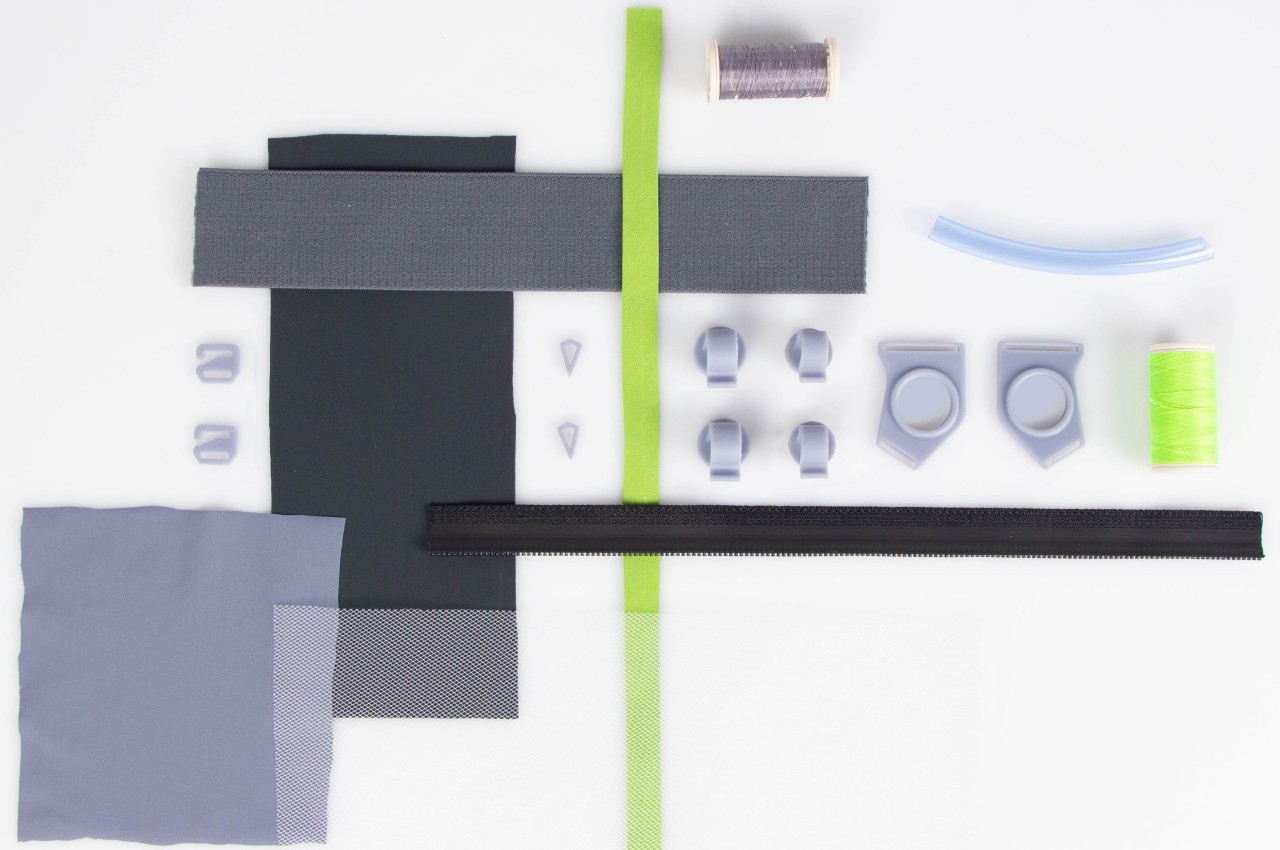
Computational design used data gathered from hundreds of sources to determine the best shapes and locations for the water receptacle and straw to minimize the effect of heat, both from the body and from the environment. The bladders, for example, were separated into two and placed away from the hottest area in the center of the back. It also generated ideas for perforated patterns to make the vest more breathable and comfortable, even when moving around.
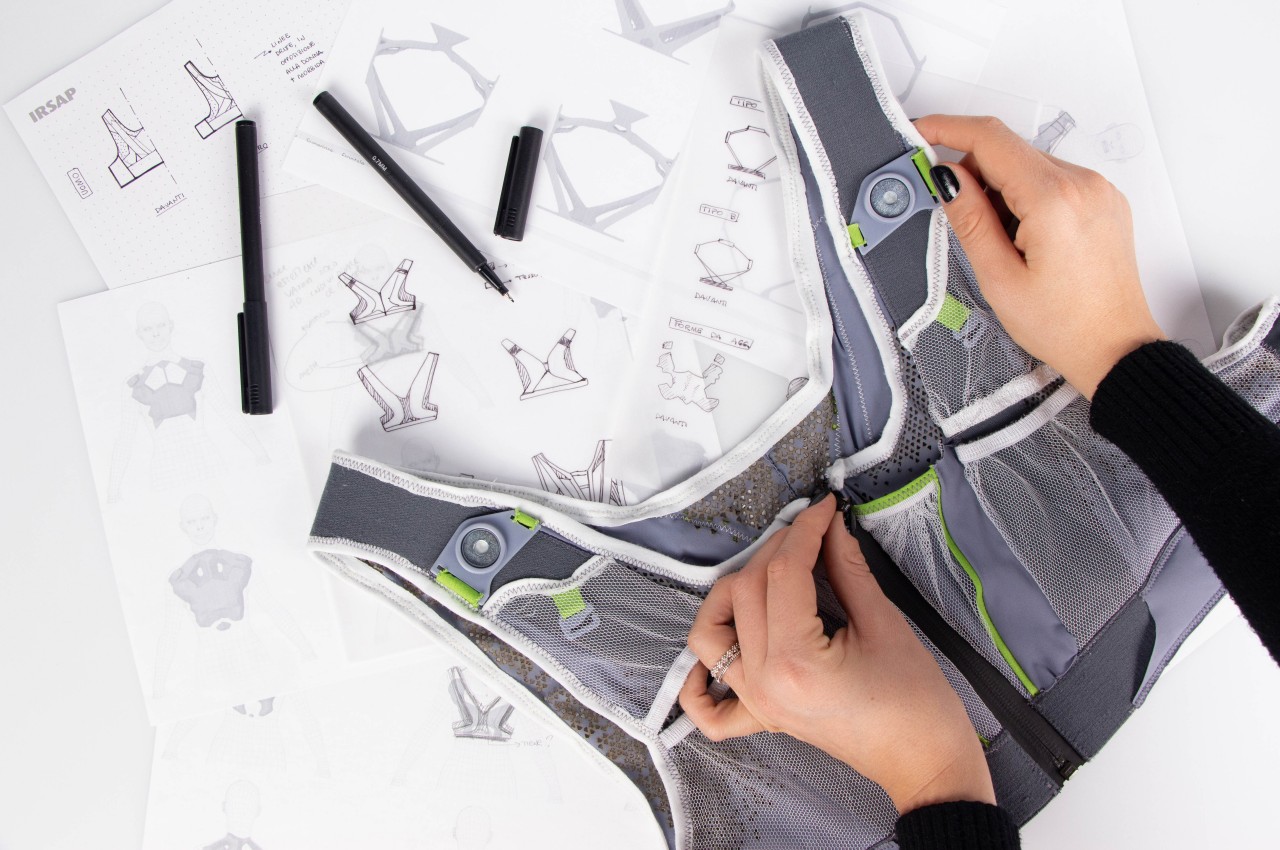

Of course, the creative process didn’t end there, and the designer still has to separate good results from unusable ones. Details also have to be added and materials are chosen, so it isn’t as if AI just delivered a final design on a silver platter. More than producing a more efficient and more comfortable hydration vest, this project’s biggest achievement is the creative process that demonstrates the effective use of AI in design while also reaffirming the critical role that humans still need to play in order to produce something usable, elegant, and well-designed.
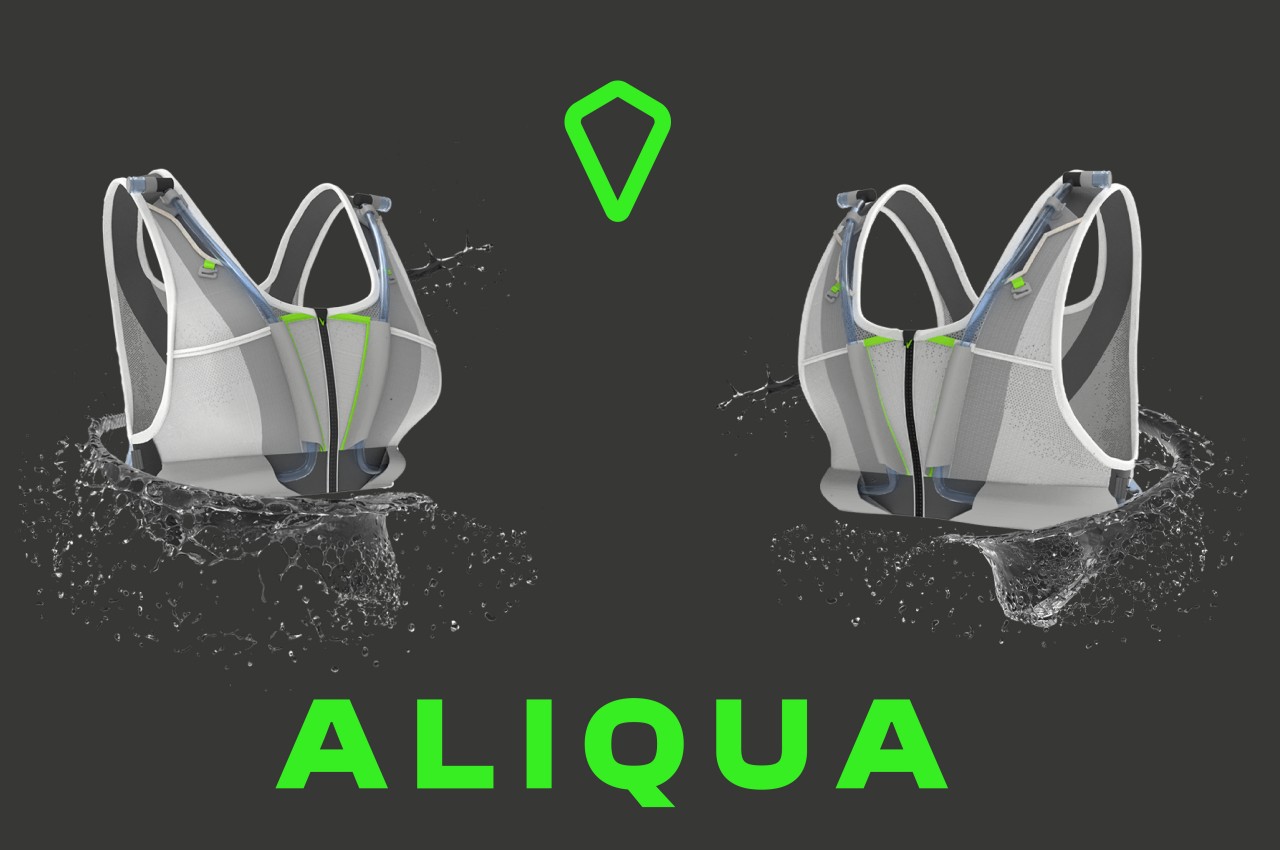
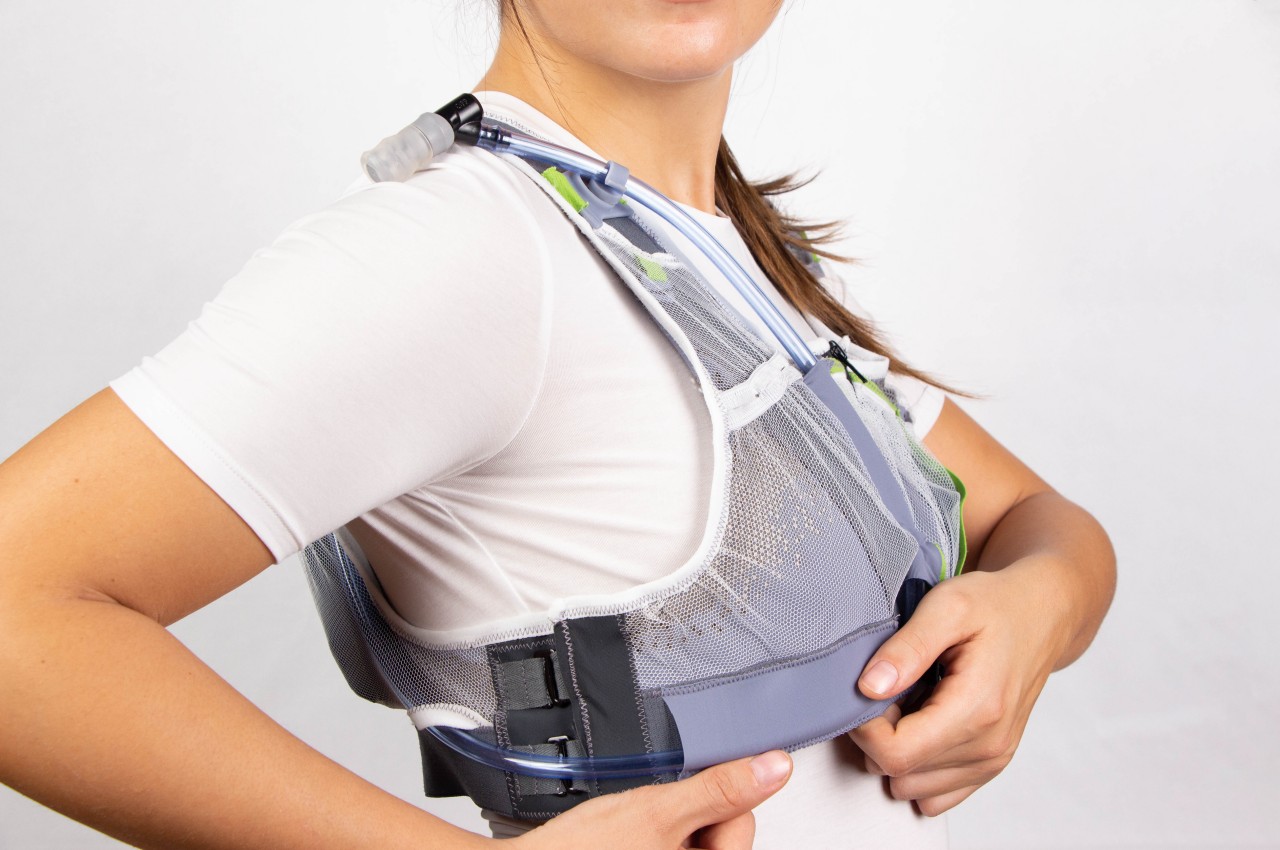
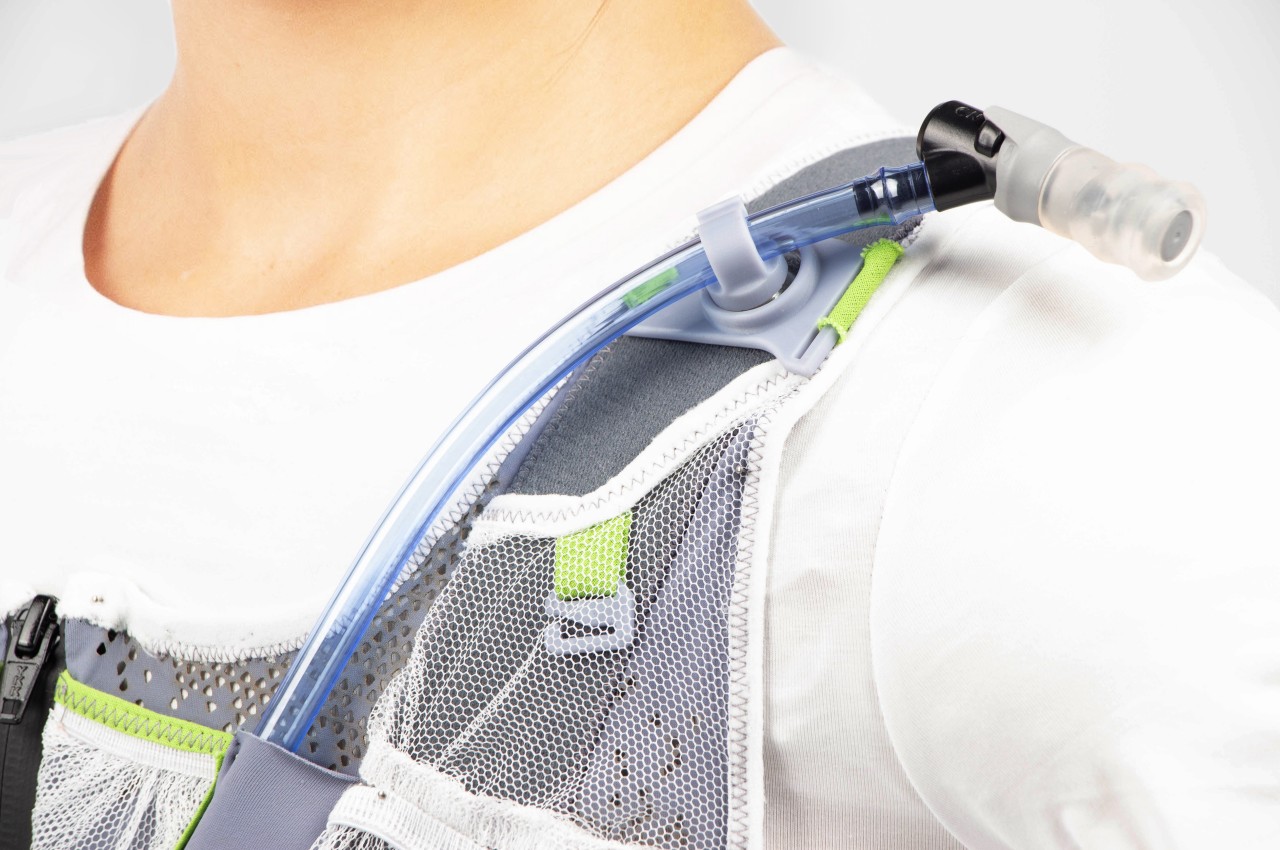

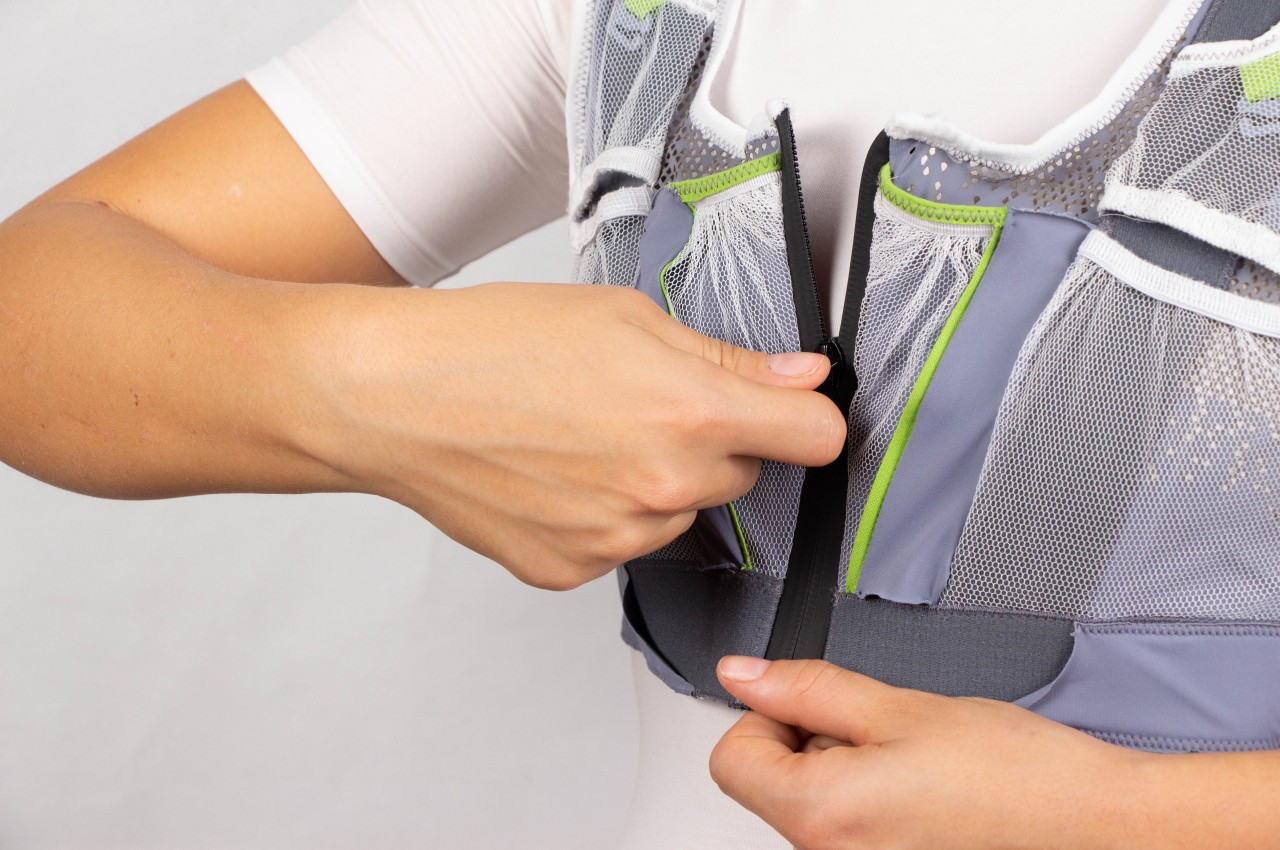
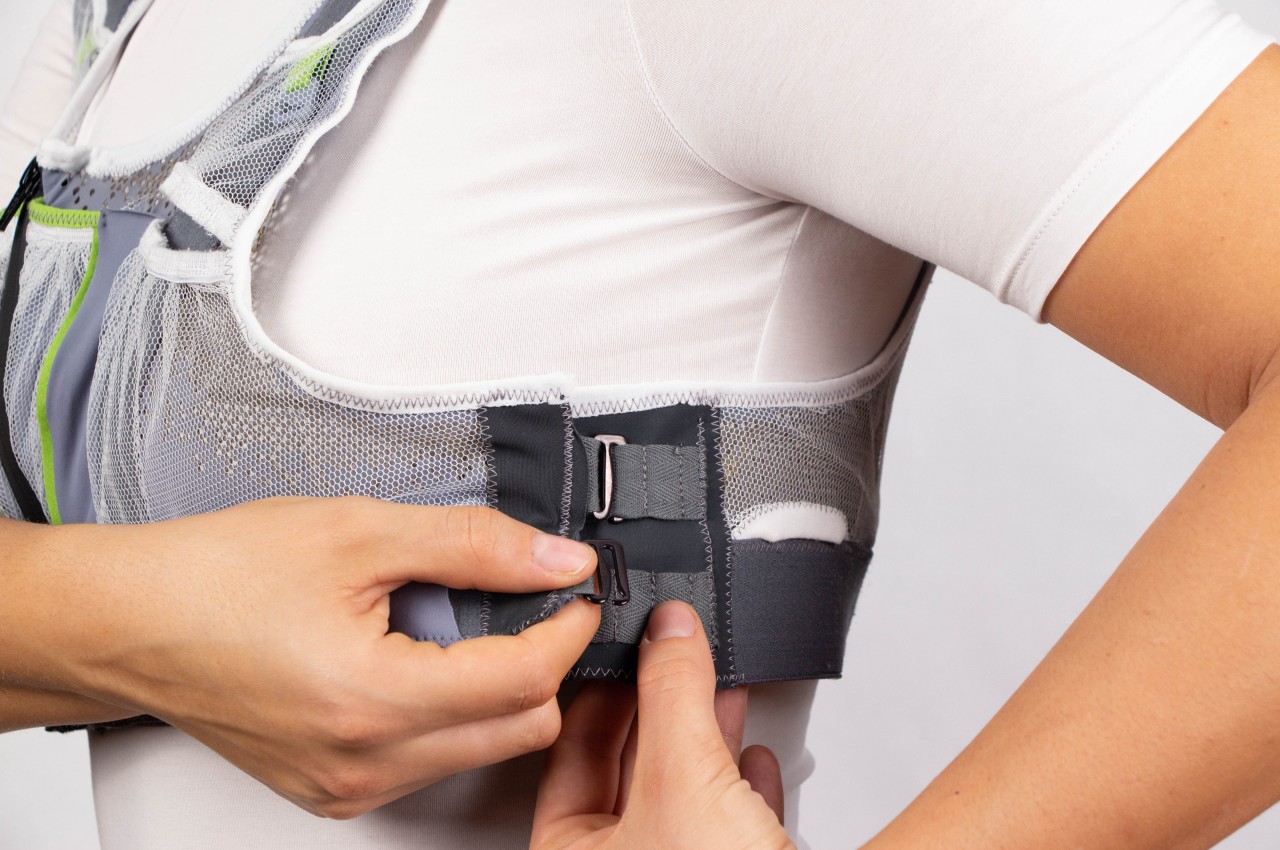

The post Hydration vest concept combines computational design and human intuition first appeared on Yanko Design.
from Yanko Design

0 Comments